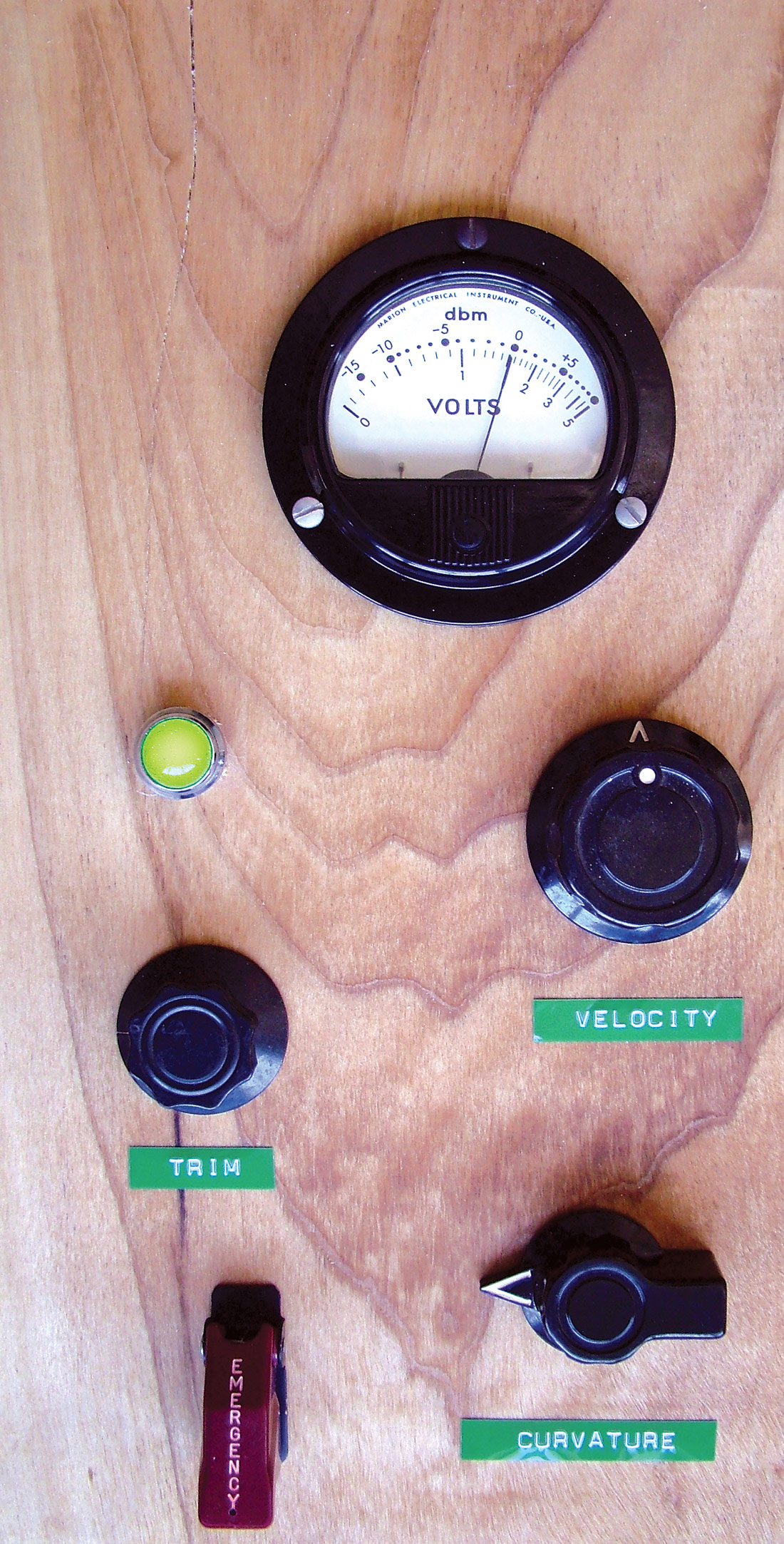Perhaps your car is not worth parking in the garage anymore? Or maybe you've cleared out your basement, deciding to generally complicate your life further by building a recording studio in your home? If you've done any research, you'll find many opinions and methods for creating critical listening and recording environments in an existing space. However, as with most specialized projects, if you've never done it before, you're bound to make some mistakes. Having built two rooms myself in the past (and now occupying a third built by someone else), I have had to work around those mistakes every day.
While it may be ideal to hire professionals (engineers, architect, contractors, etc.) for the construction, many of us don't have the resources to do so, and we end up designing and building ourselves. Solid DIY room construction requires research, planning, tweaking, and if at all possible, consultation with the experts. Most important is the advice and experience of someone that's "done it all" before; this way, you'll be learning from their mistakes instead of just making your own.
Scott Colburn (a past Tape Op contributor who was himself interviewed in Tape Op #11), is an educated and experienced recording engineer who also taught acoustics at the college level. It's apparent to me that he's also got some construction knowledge. In Practical Studio Construction, he diligently documents his own experiences (from concept to completion) building a critical listening room within an existing space. After watching his one-hour video a few times, it was easy to see how I could've used some of his advice and techniques in my own builds.
The video plays like a special episode of This Old House - well organized, easy to follow, and unpretentious. Practical, common-sense tips like pre-drilling ceiling studs, cutting drywall, and creating custom jigs, make this video a must for newbies. For his control room project, Mr. Colburn employed a combination of Chips Davis' "live end, dead end" acoustic design with a room-ratio formula developed by Wes Lachot [Tape Op #21]. The DVD touches on acoustic design and treatment, but is foremost a step- by-step guide for calculating room angles, hanging ceilings, building walls, floating floors, mudding, painting, and finishing your room.
While watching this video, you'll learn terms like "acoustic short circuit," defined by Colburn as any connection to the existing structure. You'll learn how to avoid acoustic short circuits by utilizing isolating materials such as neoprene, resilient channel, and hockey pucks to decouple your new construction from the existing structure. Other concerns addressed include choosing doors with a sufficient sound- transmission class and consulting a structural engineer when necessary.
Throughout the DVD, there is a careful emphasis placed on planning, measurement, and safety - important ingredients for a successful building project. In addition to the techniques provided on the video, a wealth of indispensable information (such as manufacturers of acoustic building products; articles and books on acoustics; discussion forums; etc.) is provided at the companion website.
During construction of my previous rooms, I did consult textbooks and colleagues. In return, I received a wealth of theory and opinion - without practical suggestions on actual execution and affordable building materials. There's definitely a sense of pride in taking ownership of your own studio's construction, but in the end, I could've used some guidance from a veteran. That's exactly what this DVD is all about - covering everything from planning; installing ceiling hangers; mounting resilient channel; hanging drywall; layering floors and sub floors; installing wood and steel studs; stuffing insulation; caulking, mudding, and finishing; choosing ceiling treatment; building "703" acoustic panels; placing diffusion; and more. Both the production style and spirit of this DVD is smart, to-the- point, and entirely enabling, perpetuating a "this is how I did it, you can too" attitude. Construction tips and techniques are indispensable to the uninitiated without being distracting or annoying to those of us with some building experience. Though this DVD doesn't cover building a live tracking room, electrical concerns, or permits, it will give you the insight of experience in constructing your control room or listening environment. Mr. Colburn's disclaimer at the beginning of the video emphasizes that this DVD is "a testimonial" of his experience building his personal studio. He further states, "While it's trying to give suggestions on how to do construction, each individual situation will vary and require personal examination by the purchaser as to the specific requirements of any physical space." Disclaimers aside, consider this; how many guys at Mr. Colburn's level do you know personally that you can consult for your building project? For about the price of two sheets of drywall, you can purchase the DVD. Consider it a materials expense for your project. You'll thank him later. A recommended investment! ($20 plus postage; www.practicalstudioconstruction.com) -SM




_disp_horizontal_bw.jpg)